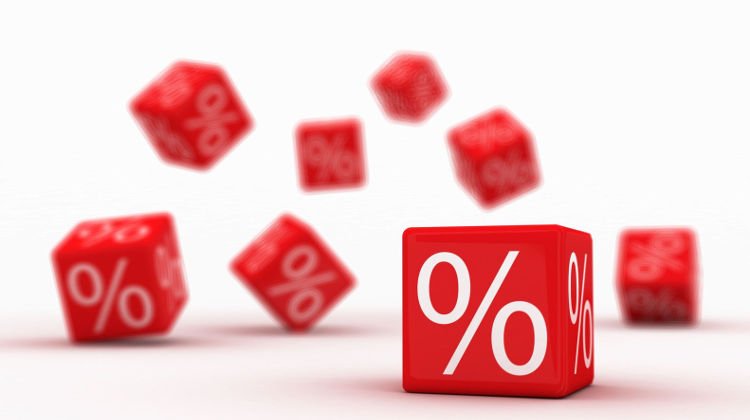Economy
Feds Set To Raise Interest Rates; Why That’s Not A Bad Thing
2016 has been a quiet year for the Federal Reserve. On multiple occasions, the Fed met and decided to hold off on raising rates. This week, the Fed is meeting once again. And this time, analysts agree – rates are going up for the first time this year. Why now? Is this the start of a trend in rate increases? And what does this mean for the markets?

2016 has been a quiet year for the Federal Reserve. On multiple occasions, the Fed met and decided to hold off on raising rates. This week, the Fed is meeting once again. And this time, analysts agree – rates are going up for the first time this year. Why now? Is this the start of a trend in rate increases? And what does this mean for the markets?
Federal Reserve Want To Raise Interest Rates, But It's Not A Bad Idea. Why?
The Federal Reserve controls the federal funds rate, which is a short-term interest rate applied to financial institutions which loan funds to other financial institutions (usually overnight). This rate affects monetary and financial institutions, which in turn affects employment, growth, and inflation. Basically, the higher the federal fund rate, the more expensive it is to borrow money. The more a bank pays for its money, the more the bank’s customers have to pay for mortgages, car notes, credit cards, and loans. Now, Janet Yellen and the Federal Reserve want to raise interest rates – and not by a little.
Why now?
The Fed has held off on raising rates the entire year, saying the economy and circumstances suggested holding off on a rate increase. But here’s the thing, raising interest rates is in the best interests of the entire U.S. And while consumers as a whole always want to pay as little as possible for as much as possible, a rate hike is long overdue.
The last U.S. recession ended about seven years ago. Since World War II, the country has experienced recessions about once every six years. Which means another recession is coming. It’s not a question of if, but when. Interest rates are used to combat recessions by lowering rates to facilitate not only spending, but more favorable conditions for borrowing. The current federal fund interest rate is 0.25 percent. The average rate since World War II has been five percent, with the highest rate since then being almost 20 percent. This means the Fed has no room to cut interest rates to encourage borrowing and spending if another recession were to hit the country soon. It also means the Fed has a lot of room to raise rates.
And that’s why it’s a good thing that analysts are predicting a rate hike this week, as well as two more rate hikes in 2017, and three more hikes in both 2018 and 2019. If a recession holds off until that point, the Fed will have room to aggressively cut interest rates back to current levels in order to help consumers with credit bills such as mortgages and auto loans.
The markets have enjoyed a huge rally following Donald Trump’s shocking victory in this year’s election, rising up almost 8 percent in the past month. However, the markets reflect investors’ and consumers’ attitudes towards short term economic growth. And with low interest rates, more people are willing to spend on stocks. But the Fed’s job is to temper that optimism with realism. And while a rate increase may affect trading, it wouldn’t be by much. At least not initially. Once the Fed starts aggressively hiking rates, markets can respond by lowering. But the truth is, the markets will respond more to Trump’s policies once in office than a small rate hike.
Watch this news from CBS on how Federal Reserve increases interest rates to .25 %:
Rate hikes are a good thing, and the country should embrace hikes as such.
Airbnb Tries To Get On The Regulators’ Good Side For Their IPO. Read the entire news here!
Follow us on Facebook and Twitter for more news updates!
The statements, views, and opinions of any article, contribution, editorial, or advertisement in this publication are not necessarily those of The Capitalist or its editorial staff, and are not considered an endorsement, sponsorship, or recommendation of any referenced product, service, issuer, or groups of issuers.
This publication provides general information about certain subjects, and should not be construed or taken as advice (legal, financial, investment, tax, or otherwise). Do not construe or take any information in this publication as a solicitation, offer, opinion, or recommendation to buy or sell any securities, bonds, or other financial instruments or to provide any legal, financial, investment, tax, or other advice or service about the suitability or profitability of any financial instruments or investments.
The Capitalist disclaims any liability for the accuracy of or your reliance on any statements, views, opinions, or information in this publication.






